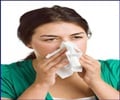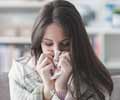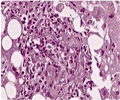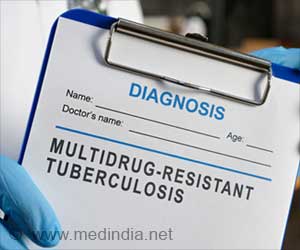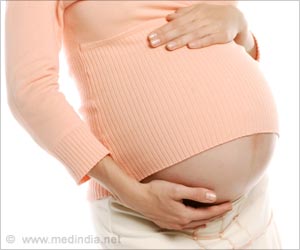New study directly examines the environmental factors impact on the survival of bacteria in aerosol droplets from coughs, sneezes.

‘New technique examines directly the environmental factors that control the transmission of disease to the level of a single aerosol particle and a single bacterium. This technique improves our understanding of the transmission of many airborne diseases including tuberculosis, the influenza virus, and foot and mouth disease.
’





Aerosol droplets are a typical route for the transport of pathogens, such as bacteria and viruses, and the airborne transmission of disease.The impact of environmental factors (such as relative humidity, temperature, atmospheric oxidants and the presence of light) on the viability and infectivity of pathogens in aerosol droplets remains poorly understood.
For example, although the seasonal variation in influenza cases is known, the environmental factors determining the differences in airborne transmission of the virus is not well understood.
To help understand this process better, scientists have established a novel approach for forming aerosol droplets containing a specific number of bacteria, trapping a cloud of these droplets of the exact known population and simulating their environmental exposure over time from five seconds to several days.
The aerosol droplets are then gently sampled onto a surface to determine how many bacteria have survived their time in the aerosol phase.
Advertisement
Not only can measurements be made down to the single bacterium/single droplet level requiring very little quantity of aerosol (picolitres), but high time resolution (one second) measurements of viability can be made, allowing the first quantitative studies of the influence of dynamic factors transforming the aerosol (for example evaporation, condensation) on viability.
Advertisement
Lead author, Professor Jonathan Reid from the University of Bristol's School of Chemistry, said: "This new technique offers the eventual prospect of allowing refined measurements to improve our understanding of the transmission of many airborne diseases including tuberculosis, the influenza virus, and foot and mouth disease."
Source-Eurekalert



